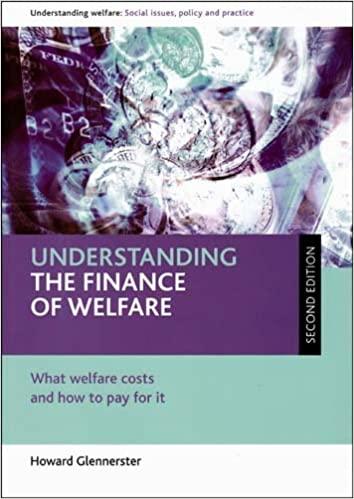Question
(1) Based solely on the information in Excel, what is a reasonable valuation for HE? To answer this question, please construct a DCF valuation model
(1) Based solely on the information in Excel, what is a reasonable valuation for HE? To answer this question, please construct a DCF valuation model for HE using both the WACC and APV methodologies. Compute two different terminal values for HE: one using the long-term FCF growth rate as stated in the spreadsheet and one using a presumed price multiple of 12x 2024 EBITDA. Please note that I expect you to produce a total of 4 valuations for HE (WACC and APV, each with two different terminal value assumptions).
(2) Compute the average of the four numbers you calculated in part (1). You may assume that this average is the correct valuation for HE as a company. The current market value of HE stock is approximately $31.6 billion (as of February 11th). How does your valuation compare with the market's valuation of HE? Why might your valuation differ from the market's valuation? Please be specific in your answers.
| 1) Please use the MM-with-taxes formula when computing WACC. | ||||||
| 2) You may assume that the market value of debt is equal to the book value of debt. | ||||||
| HE's fiscal year-end is September 30th. Even though we are in February 2020, we will pretend that it is midnight on October 1, 2019, and this is the first day of HE's 2020 fiscal year. In other words, you may assume that the 2020 cash flows will be earned in exactly one year from today. Hence, you should discount HE's 2020 cash flows using (1+r), their 2021 cash flows using (1+r)^2, and so on. Note that this will lead us to slightly overestimate HE's value. | ||||||
| When computing the terminal value, remember that the formula is FCF(t+1)/(r-g); that is, you should NOT use your 2024 FCF estimate to compute the terminal value; you need to multiply your 2024 FCF estimate by the appropriate growth rate first to give you expected 2025 cash flows. | ||||||
| 2020 | 2021 | 2022 | 2023 | 2024 | ||
| EBIT | 2,174 | 2,421 | 2,676 | 2,730 | 2,913 | |
| (1-tax rate) | 82.5% | 82.5% | 82.5% | 82.5% | 82.5% | |
| Depreciation & Amort. | 703 | 717 | 732 | 741 | 744 | |
| Capex | 748 | 756 | 762 | 766 | 757 | |
| Change in NWC | 42 | 718 | 789 | 859 | 825 | |
| Net interest expense | 40 | 40 | 40 | 40 | 40 | |
| 2020 | 2021 | 2022 | 2023 | 2024 | ||
| Net Debt (Debt - Cash) | 2,906 | 3,000 | 3,000 | 3,000 | 3,000 | |
| Book value of equity | 11,368 | 12,123 | 12,943 | 13,820 | 14,840 | |
| Price to book ratio | 5.1 | 4.3 | 4.2 | 4.1 | 4.0 | |
| Source: Analyst reports | ||||||
| Assumed equity beta | 1.20 | |||||
| Assumed (net) debt beta | 0.15 | |||||
| Assumed risk-free rate | 1.0% | |||||
| Assumed market risk premium | 6.0% | |||||
| Assumed steady-state tax rate | 17.5% | |||||
| Assumed long-term FCF growth rate | 2.0% | |||||
Step by Step Solution
There are 3 Steps involved in it
Step: 1

Get Instant Access to Expert-Tailored Solutions
See step-by-step solutions with expert insights and AI powered tools for academic success
Step: 2

Step: 3

Ace Your Homework with AI
Get the answers you need in no time with our AI-driven, step-by-step assistance
Get Started


